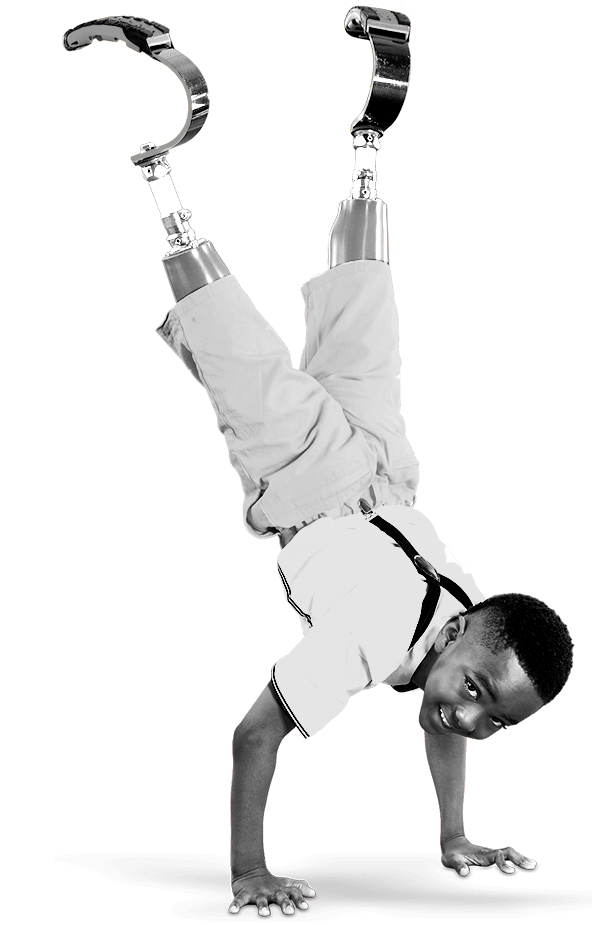
Aug 18, 2020 / Sports Medicine
Dancers Do Not Often Get an Off-Season
“The commotion of a busy company season doesn’t leave much time for dancers to focus on injury prevention,” says Jessica Dabis, P.T. With an unexpected shift in schedules and studio time this year, she advises dancers to spend time learning about and training foundational muscle groups that often get ignored. For dancers, these are the core, gluteal hip muscles and ankle flexors as well as foot muscles.
What exactly is the core?
THE CORE
These include deep back muscles extending from the pelvic floor and hips up to the shoulder girdle including the diaphragm and deep abdominals. Together, these form a central pillar and provide a ‘corset-like’ tensioning in the trunk. Some studies have shown a correlation of poor trunk stabilization to more lower limb injuries and back injuries.
CORE STABILITY
The ability to control the trunk and pelvis position when still as well as when in motion. This stability allows optimal generation and transfer of force throughout the body to the limbs, in their contact with the ground or another object.
- Deep core muscles stabilize your body vertically in space so that your arms and legs can move from a stable base to support you in various positions and with movement.
- This contrasts from the more superficial “six-pack” layer of abdominal muscles. Those generate power with large movements and work for short periods, but do not have the endurance of stabilizer muscles.
- Movement Control: The ability to control the spine statically as well as dynamically with movement, so you maintain body control and precision of movement aesthetically.
- Movement Coordination: For the deep stabilizer muscles, it is the ability to adjust for reduced base of support (single leg) or when changing ranges of motion and speed.
- Endurance of stabilizers: Ability to maintain posture and proper muscle recruitment, especially in pelvic hip musculature, for the volume requirements of dance, to prevent injury risk movement strategies.
- Improved balance in single leg, in relevé, during pirouettes and controlling an arabesque.
- More stability with landings from leaps, without pain.
- More power in jumps and leaps.
- Faster movement transitions with ability to generate more speed from a stable base.
- Some dancers may have a more flexible, or hypermobile spine, than others. This is possible due to variations in ligament flexibility which allows some to achieve certain aesthetic movements and positions with less restrictions. Dancers with more ligament flexibility need to focus on developing core stabilizer muscles for added muscle support at the joints.
- Poor postural awareness, a lack of understanding of proper neutral spine posture, can make effective recruitment of hip muscles harder to achieve during dance.
- Lack of specific training for core stabilizers contributes to poor core stability.
- Endurance: To resist movement, or loss of the neutral spine alignment, practice the bracing cue of “drawing the belly button in towards spine” when using a band or load to resist rotation, extension, forward-flexion rounding
- Exercise example: Foundational stability with tabletop deadbugs --> progress functionally to pallof pressouts while in single leg passe, both flat and in releve for more challenge.
- Resisting perturbations: Add challenge of external perturbations to train your stabilizer muscles to improve coordination in reactive activation and self-corrections of posture.
- Example: Maintaining spinal posture while holding a medball, with someone externally providing light taps to be resisted, or can toss the ball a short distance away to wall and catch.
- Can train with an unstable base, such as an exercise ball.
- Spinal posture stability during movement: Use rotational discs, while moving across the floor. Using band exercises and slowly controlling a rotation, “eccentrically.”
Core stability can start with an awareness of posture, incorporating exercises that teach the proper activation and strengthening of core stabilizers, and then increasing challenges to control and coordination as we see in dance movements. Practicing cues for postural alignment in our dance positions at and away from the barre, during both classical and contemporary dance movement patterns, will allow the dancer to feel and apply a core stabilization strategy in training.
Keeping Up With the Count - This content is provided by a multidisciplinary team of staff that are passionate about keeping young dancers safe and healthy.



